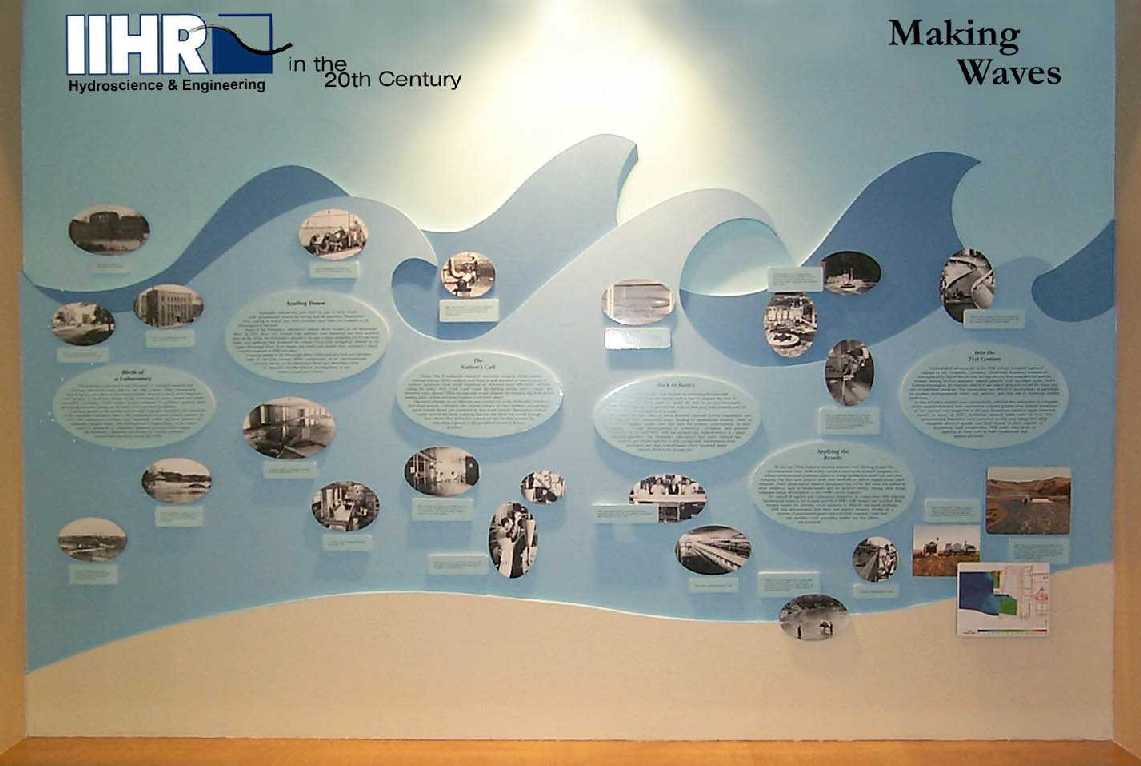
|
|
|
| Home
| About FL
| Physical Experiments
| Numerical Simulations
| Virtual Tour
| Instructional Resources |
|

![]()
Please
send comments or questions to: marian-muste@uiowa.edu
Copyright
© 1999. The IIHR-Hydroscience & Engineering. All rights reserved.